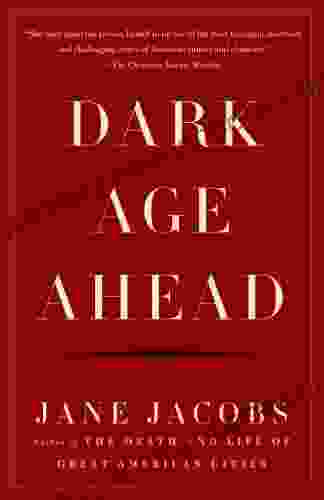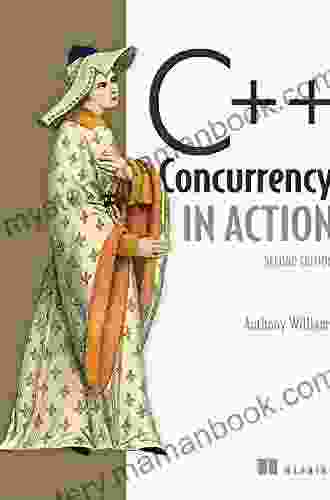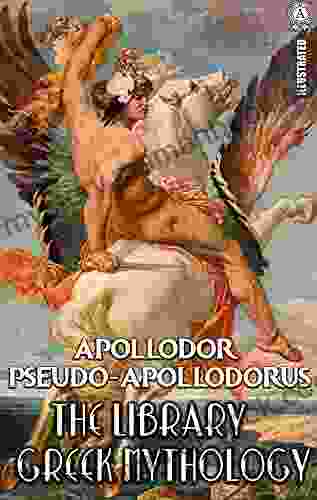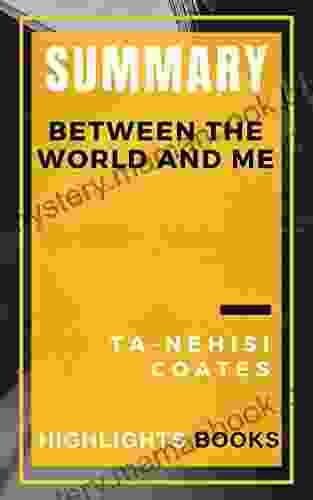Dark Age Ahead: Jane Jacobs' Profound Warning About the Future of Cities

Jane Jacobs, a renowned urban theorist and author, left an enduring legacy with her seminal work "The Death and Life of Great American Cities", published in 1961. In this groundbreaking book, Jacobs eloquently articulated her vision for vibrant and livable cities, emphasizing the importance of diversity, mixed-use development, and walkability. However, amidst her astute observations and optimistic outlook, Jacobs also issued a chilling warning about the potential for a "dark age" to befall cities if they strayed from the principles she espoused.
In this essay, we delve into the depth of Jacobs' cautionary words, exploring the multifaceted reasons why she feared a dark age and examining the alarmingly relevant parallels to urban development trends today. By unraveling the complexities of her arguments and highlighting their timeless significance, we aim to illuminate the critical choices facing contemporary cities as they navigate the challenges of the 21st century.
4.1 out of 5
| Language | : | English |
| File size | : | 330 KB |
| Text-to-Speech | : | Enabled |
| Screen Reader | : | Supported |
| Enhanced typesetting | : | Enabled |
| Word Wise | : | Enabled |
| Print length | : | 255 pages |
The Genesis of a Dark Age
At the heart of Jacobs' apprehension lay her belief that cities thrive on a delicate balance between order and chaos, diversity and cohesion. She argued that excessive government intervention, uniformity, and a lack of vitality could stifle innovation, creativity, and the very essence of urban life. According to Jacobs, true urban vibrancy emerges from a tapestry of small businesses, diverse neighborhoods, and a constant buzz of human interaction.
To illustrate this point, Jacobs contrasted the lively, organic streets of Greenwich Village in New York City with the sterile, monolithic housing projects and suburban sprawl that were becoming increasingly prevalent at the time. She maintained that these artificial and segregated environments would ultimately lead to social isolation, economic stagnation, and a decline in urban vitality.
The Four Pillars of a Dark Age
Jacobs identified four primary factors that could contribute to the advent of a dark age:
1. Excessive Centralization: When government overreaches and exerts excessive control over urban planning and decision-making, it can stifle innovation and diversity. A centralized approach to urban development often results in uniform and uninspiring landscapes, devoid of the organic growth and vitality that characterize thriving cities.
2. Lack of Diversity: A lack of diversity in terms of land use, income levels, and social backgrounds can lead to a monotonous and socially segregated urban environment. Jacobs believed that cities should be melting pots where people from all walks of life can interact and exchange ideas, fostering innovation and cultural enrichment.
3. Lack of Vitality: Urban areas that lack vibrancy, whether due to a decline in economic activity, a lack of public spaces, or a shortage of cultural amenities, can quickly lose their appeal and become breeding grounds for social problems. A thriving city is a place where people feel safe, engaged, and connected to their community.
4. Lack of Community: A sense of community is essential for the well-being of cities and their inhabitants. When people feel disconnected from their neighbors and their urban environment, they may become withdrawn, apathetic, and less likely to participate in civic life. A lack of community can undermine the social fabric of a city, making it more susceptible to decline.
Dark Age Parallels in Modern Urban Development
Regrettably, many of the trends that Jacobs warned about have come to fruition in cities worldwide.
Overcentralization: Contemporary urban planning often favors large-scale, centralized projects over smaller, community-based initiatives. This can lead to a loss of local autonomy and a homogenization of urban landscapes, as decisions are made by distant authorities with limited understanding of local needs.
Lack of Diversity: Many cities are grappling with gentrification and rising housing costs, which are driving out low-income and working-class residents. This trend can lead to a loss of social and economic diversity, undermining the vitality and creativity that are essential for thriving urban environments.
Lack of Vitality: The proliferation of sprawling, auto-centric suburbs and the decline of traditional urban centers have contributed to a lack of vitality in many cities. This can lead to social isolation, economic stagnation, and a decrease in civic engagement.
Lack of Community: The rise of digital technology and social media has led to a decline in face-to-face interactions and a weakening of community bonds. This can make it difficult for residents to feel connected to their neighbors and their urban environment.
The Path to Urban Renewal
While Jacobs' warnings about a dark age are sobering, she also offered a roadmap for urban renewal. She believed that cities could reverse the downward spiral of decline by embracing the principles of diversity, local autonomy, and vitality.
Promote Diversity: Cities should strive to create a welcoming environment for people of all backgrounds, income levels, and lifestyles. This can be achieved through policies that support affordable housing, mixed-use development, and accessible public transportation.
Foster Local Autonomy: Urban planning should be decentralized, empowering local communities to make decisions about the future of their neighborhoods. This can encourage innovation, creativity, and a sense of ownership among residents.
Enhance Vitality: Cities should invest in public spaces, cultural amenities, and economic development initiatives that create a vibrant and engaging urban environment. This can attract people, businesses, and investment, fostering a positive cycle of growth and renewal.
Build Community: Cities should promote opportunities for social interaction and community engagement. This can be achieved through initiatives such as neighborhood festivals, community gardens, and public art projects. By fostering a sense of belonging and connection, cities can strengthen their social fabric and make them more resilient in the face of challenges.
Jane Jacobs' warning of a dark age ahead for cities remains a timely and poignant reminder of the fragility of urban vitality. The challenges facing cities today – overcentralization, lack of diversity, lack of vitality, and lack of community – bear striking resemblance to the trends that Jacobs identified decades ago. By heeding her wisdom and embracing the principles of diversity, local autonomy, vitality, and community, cities can avoid the pitfalls of decline and create more sustainable and prosperous urban environments for generations to come.
4.1 out of 5
| Language | : | English |
| File size | : | 330 KB |
| Text-to-Speech | : | Enabled |
| Screen Reader | : | Supported |
| Enhanced typesetting | : | Enabled |
| Word Wise | : | Enabled |
| Print length | : | 255 pages |
Do you want to contribute by writing guest posts on this blog?
Please contact us and send us a resume of previous articles that you have written.
 Top Book
Top Book Novel
Novel Fiction
Fiction Nonfiction
Nonfiction Literature
Literature Paperback
Paperback Hardcover
Hardcover E-book
E-book Audiobook
Audiobook Bestseller
Bestseller Classic
Classic Mystery
Mystery Thriller
Thriller Romance
Romance Fantasy
Fantasy Science Fiction
Science Fiction Biography
Biography Memoir
Memoir Autobiography
Autobiography Poetry
Poetry Drama
Drama Historical Fiction
Historical Fiction Self-help
Self-help Young Adult
Young Adult Childrens Books
Childrens Books Graphic Novel
Graphic Novel Anthology
Anthology Series
Series Encyclopedia
Encyclopedia Reference
Reference Guidebook
Guidebook Textbook
Textbook Workbook
Workbook Journal
Journal Diary
Diary Manuscript
Manuscript Folio
Folio Pulp Fiction
Pulp Fiction Short Stories
Short Stories Fairy Tales
Fairy Tales Fables
Fables Mythology
Mythology Philosophy
Philosophy Religion
Religion Spirituality
Spirituality Essays
Essays Critique
Critique Commentary
Commentary Glossary
Glossary Bibliography
Bibliography Index
Index Table of Contents
Table of Contents Preface
Preface Introduction
Introduction Foreword
Foreword Afterword
Afterword Appendices
Appendices Annotations
Annotations Footnotes
Footnotes Epilogue
Epilogue Prologue
Prologue Shaw Hart
Shaw Hart Werner Stejskal
Werner Stejskal Emma Mieko Candon
Emma Mieko Candon Mark J Kohler
Mark J Kohler Anthony Aries
Anthony Aries Meir Statman
Meir Statman Luke A Nichter
Luke A Nichter Judy M Brunner
Judy M Brunner Anton Tschechow
Anton Tschechow Holly Green
Holly Green Tom Colicchio
Tom Colicchio Ben Arnold
Ben Arnold Imogen Edwards Jones
Imogen Edwards Jones Gert Boyle
Gert Boyle Mark Harrison
Mark Harrison Miriam Hoffman
Miriam Hoffman Micheal O Siadhail
Micheal O Siadhail Peter Levy
Peter Levy Donna Ball
Donna Ball Anthea D Butler
Anthea D Butler
Light bulbAdvertise smarter! Our strategic ad space ensures maximum exposure. Reserve your spot today!
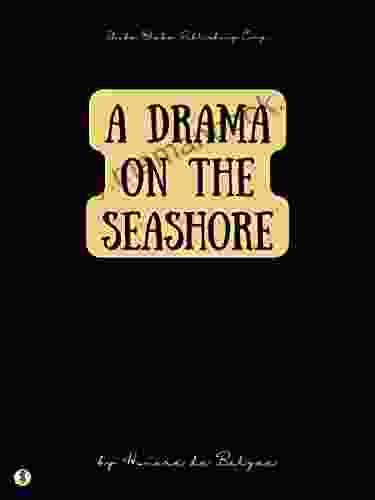
 Jerry WardA Captivating Drama on the Shores of Serenity: Unraveling the Secrets Beneath...
Jerry WardA Captivating Drama on the Shores of Serenity: Unraveling the Secrets Beneath...
 Nathaniel PowellRecipes For Every Flavor Occasion: A Culinary Journey Through Southern...
Nathaniel PowellRecipes For Every Flavor Occasion: A Culinary Journey Through Southern...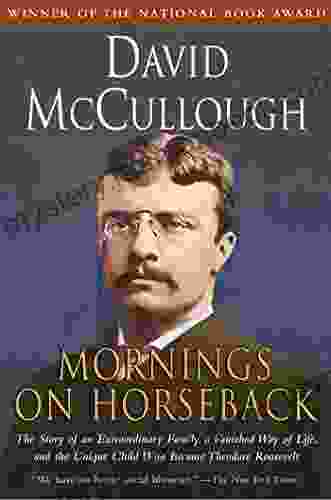
 Aubrey BlairThe Story of an Extraordinary Family, a Vanished Way of Life, and a Unique...
Aubrey BlairThe Story of an Extraordinary Family, a Vanished Way of Life, and a Unique... Floyd RichardsonFollow ·7.8k
Floyd RichardsonFollow ·7.8k Derek BellFollow ·9.6k
Derek BellFollow ·9.6k Justin BellFollow ·10.3k
Justin BellFollow ·10.3k Efrain PowellFollow ·3.5k
Efrain PowellFollow ·3.5k Jay SimmonsFollow ·19.8k
Jay SimmonsFollow ·19.8k Jim CoxFollow ·19.6k
Jim CoxFollow ·19.6k Emanuel BellFollow ·11.9k
Emanuel BellFollow ·11.9k Tony CarterFollow ·6.4k
Tony CarterFollow ·6.4k
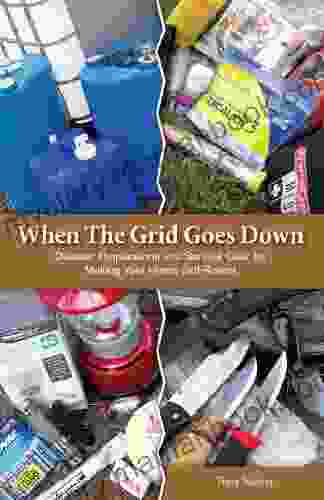
 Luke Blair
Luke BlairWhen the Grid Goes Down: Disaster Preparations and...
In today's modern...

 Diego Blair
Diego BlairComputer Virus Guide: Everything You Need to Know to Stay...
Computer viruses...
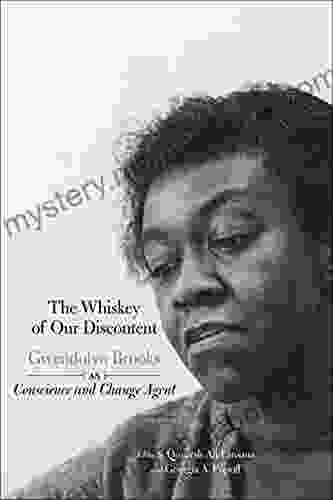
 Dale Mitchell
Dale MitchellThe Whiskey of Our Discontent: A Literary Exploration of...
John Steinbeck's The...

 Mark Mitchell
Mark MitchellA Culinary Odyssey: Exploring the Delectable World of...
An to Southern...
4.1 out of 5
| Language | : | English |
| File size | : | 330 KB |
| Text-to-Speech | : | Enabled |
| Screen Reader | : | Supported |
| Enhanced typesetting | : | Enabled |
| Word Wise | : | Enabled |
| Print length | : | 255 pages |


